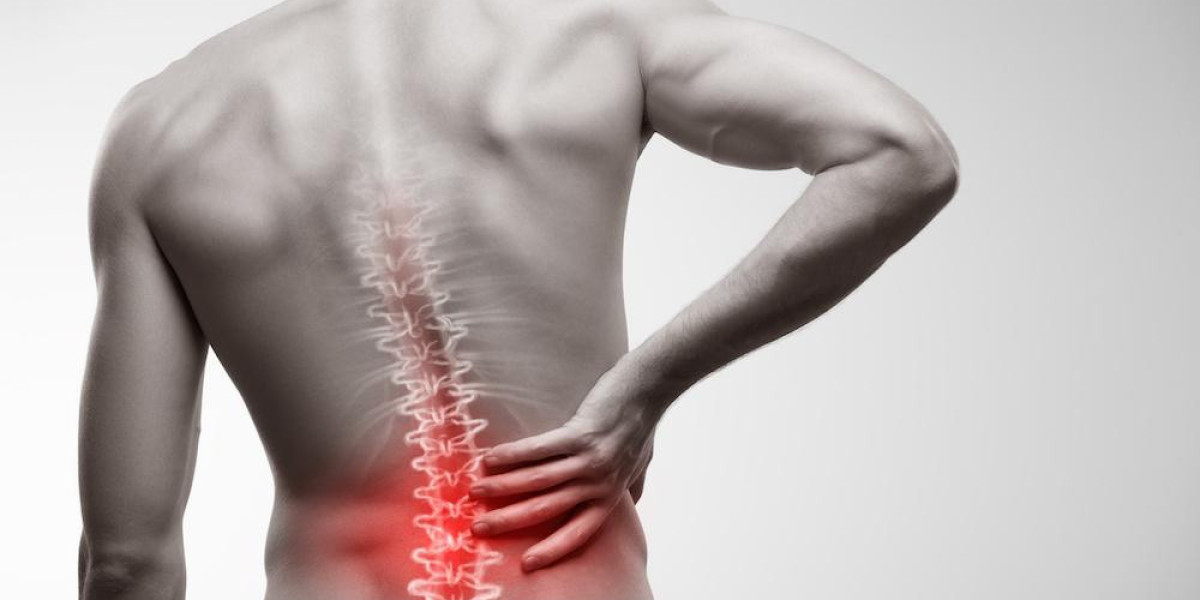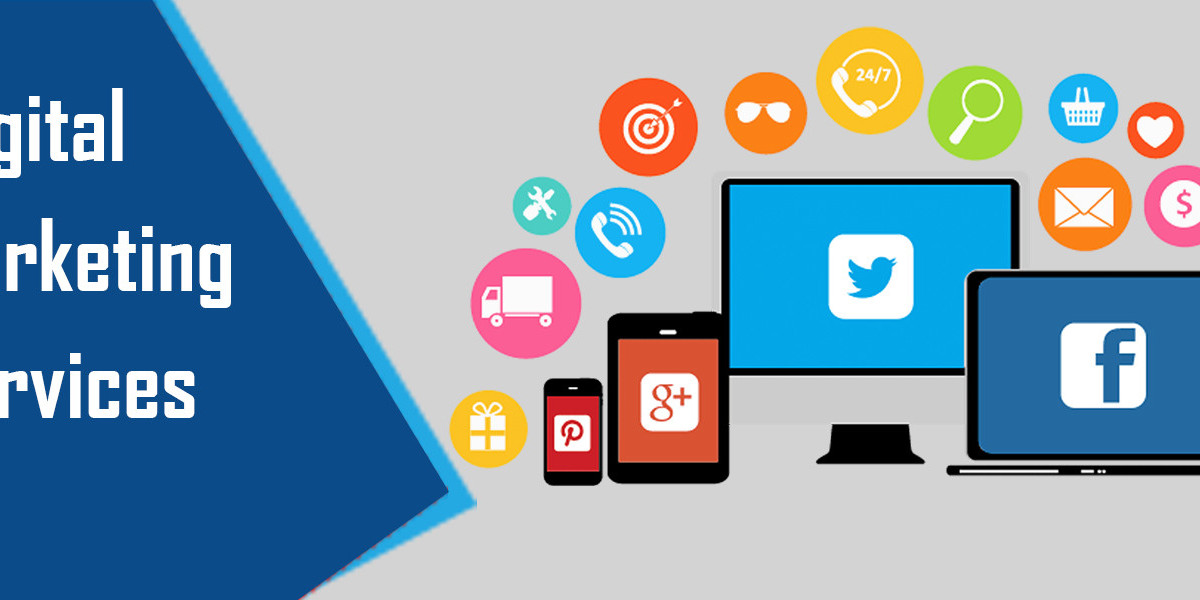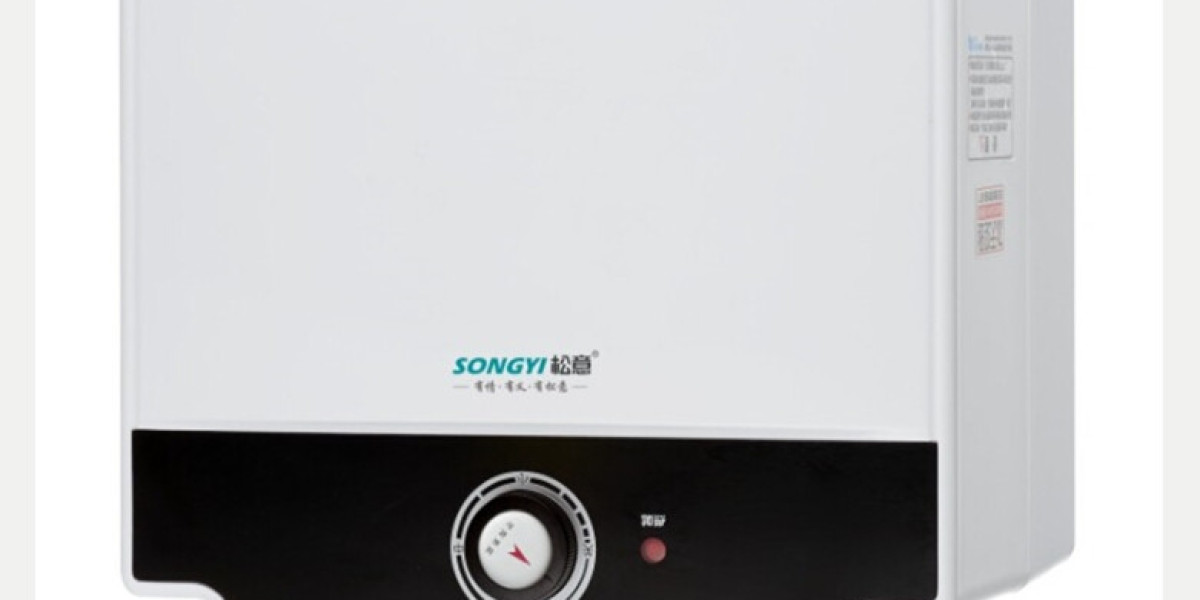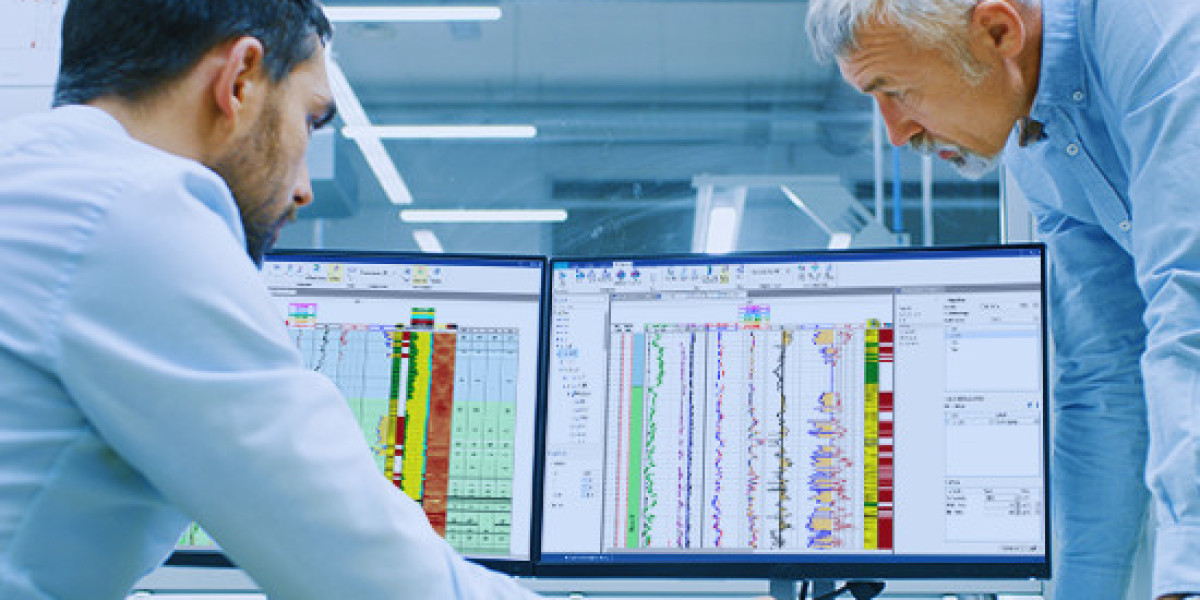Management of pain in juvenile patients is an important part of healthcare that requires a thorough and caring approach because of the unique physical and mental traits of children. Pain management that works not only eases instant suffering but also stops psychological and physical problems from happening in the future. This article talks about different ways to handle pain in pediatric patients, such as assessment methods, drug- and non-drug-based treatments, and the special problems and things to think about that only happen in this group of people.
Figuring Out Why Kids Feel Pain
Children, especially babies and toddlers, often can't say what hurts them clearly. Because of this, it is hard to diagnose and treat pain. Pain in kids can come from a lot of different places, like medical treatments, long-term conditions, surgery, injuries, and illnesses. In contrast to adults, children's pain is affected by cognitive, emotional, and developmental factors that need specific management methods to be successful.
How to Assess Pain in Pediatric Patients
Accurately assessing pain is the most important part of managing it well. To check for pain in kids, different age-appropriate tools and methods are used:
Self-Report Scales:
The Wong-Baker FACES Pain Rating Scale or the Visual Analog Scale (VAS) are two self-report scales that are used with kids who are old enough to talk. These scales let kids say how bad their pain is, so we can get a clear idea of how much pain they are in.
Behavioral Observations:
The FLACC (Face, Legs, Activity, Cry, and Consolability) scale is used for behavioral observations of babies and kids who can't talk. These grades rate pain based on actions that can be seen, like crying, making faces, and moving the body.
Indicators of Physiology:
Changes in physiological factors like heart rate, breathing rate, and blood pressure can also show that a child is in pain. But these signs aren't very specific, so they need to be read with care.
Parental Reports:
Parents or other adults who care for a child can give helpful information about their pain, especially if the child can't talk about it.
Medications and other treatments
The right analgesics must be carefully chosen for pediatric patients based on their age, weight, and medical state in order to treat pain. The main types of painkillers that are used are
Pain killers that aren't opioids:
For light to moderate pain, people often take acetaminophen and non-steroidal anti-inflammatory drugs (NSAIDs). When taken in the right amounts, these drugs work well and are generally safe.
Opioid pain killers:
Opioids like morphine, oxycodone, and fentanyl are used to treat moderate to serious pain. Even though opioids work, they need to be carefully watched for side effects like slowing down breathing and becoming dependent, especially in young children.
Adjuvant Drugs:
Anticonvulsants (like gabapentin) and antidepressants (like amitriptyline) can be used with other medicines to help treat chronic pain or neuropathic pain.
Topical Analgesics:
Cold packs and topical analgesic creams can help ease the pain of minor injuries or treatments like venipuncture.
Interventions that don't involve drugs
Strategies that don't involve drugs are important parts of a comprehensive approach to managing pain in children. These actions can be especially helpful for easing stress and making people feel better:
Cognitive-Behavioral Therapy (CBT): Relaxation training, guided imagery, and distraction are some of the CBT methods that help kids deal with pain by changing how they think about and respond to it.
Physical Interventions: Massage, physical therapy, acupuncture, and other techniques that move and stimulate the body can help ease pain.
Support for the mind:
Offering psychological support through counseling, play therapy, and family therapy can help with the mental and emotional parts of pain, making it easier to deal with in general.
As an alternative to main treatments, aromatherapy, music therapy, and using heat or cold can help relieve pain and make you feel better.
Problems and Things to Think About
Managing pain in children comes with its own problems that need to be carefully thought through:
Differences in Development:
How children feel pain and how well they can speak change a lot with age and stage of development. It is very important for successful care that pain management plans are tailored to these developmental differences.
Dosing and Safety of Medicines:
The pharmacokinetics and pharmacodynamics of medicines are different for kids and adults. Making sure the right amount is given and keeping an eye out for side effects is very important to avoid problems like overdose or not getting enough treatment.
Effects on the mind:
Long-term or badly managed pain can have long-lasting effects on the mind, such as anxiety, depression, and fear of medical procedures. Taking care of these mental effects is an important part of holistic pain treatment.
Parental Involvement:
It is very important to include parents or other helpers in the process of managing pain. Giving them information on how to recognize and deal with pain gives them the power to help their child get better.
Multidisciplinary Approach:
Pediatricians, nurses, psychologists, and other professionals from different fields are often needed to handle pain effectively.



